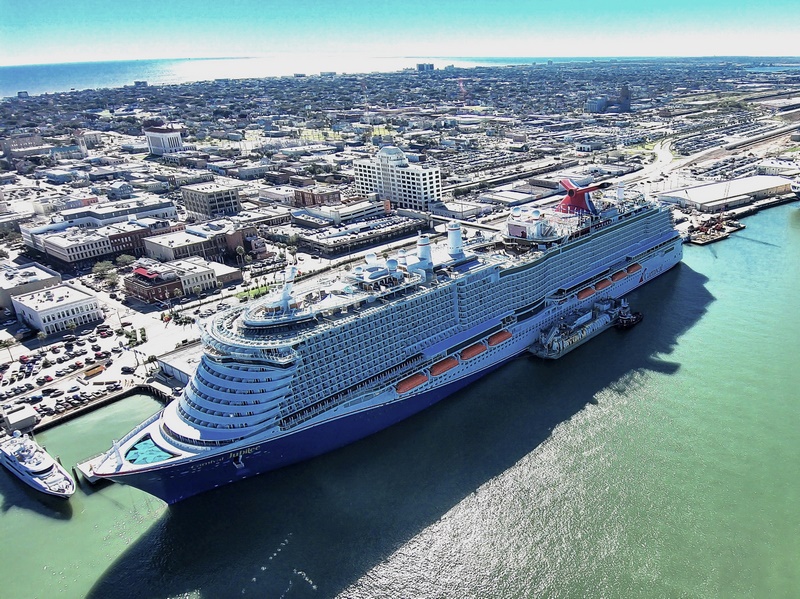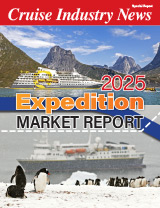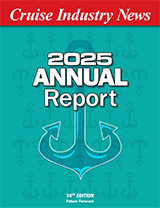Galveston LNG Bunker Port (GLBP), a partnership between Seapath Group and Pilot LNG, LLC, has joined the SEA-LNG coalition to enhance LNG supply infrastructure and extend its global reach. The announcement of GLBP in September 2023 introduced the first dedicated facility on the US Gulf Coast for fueling LNG-powered vessels, with an expected operational launch in late 2026, according to a press release.
Located at Shoal Point in Texas City, within the Houston-Galveston port complex, GLBP is strategically positioned to serve as a central hub for cruise ship LNG bunkering in the US and international ship-to-ship bunkering and cool-down services. To meet the growing demand for LNG in North America and the Gulf of Mexico, GLBP will provide cost-effective turn-key LNG supply solutions.
Jonathan Cook, CEO of Pilot, said: “With an initial investment of approximately $180 million, our LNG bunkering facility will supply a vital global and US trade corridor with cleaner marine fuel. We recognize that SEA-LNG is a leading partner and a key piece of the LNG bunkering sector and will give us access to insights and expertise across the entire LNG supply chain.”
On the environmental benefits of LNG, Cook added: “LNG supports environmental goals and human health by offering ship operators immediate reductions in CO2 emissions and virtually eliminating harmful local emissions of sulfur oxides (SOx), nitrogen oxides (NOx) and particulate matter.”
Joshua Lubarsky, president of Seapath, stated: “We are very pleased to be supporting the decarbonization of the maritime industry through strategic and much needed, investments into the supply of alternative fuels. We are also happy to be a part of SEA-LNG, which has done a wonderful job advocating for advancements in technology in this vital sector.”
Peter Keller, chairman of SEA-LNG, commented: “We’re proud to welcome another leading LNG supplier to the coalition and are looking forward to a mutually beneficial relationship. With every investment in supply infrastructure in the US and worldwide, the LNG pathway’s head start increases. Global availability, alongside bio-LNG and e-LNG development, makes LNG the practical and realistic route to maritime decarbonization.”
Keller further commented: “All alternative fuels exist on a pathway from grey, fossil-based fuels to green, bio or renewable fuels. Green fuels represent a scarce resource, and many have scalability issues, so we must start our net-zero journey today with grey fuels. LNG is the only grey fuel that reduces greenhouse gas emissions, well-to-wake, so you need less green fuel than alternatives to improve emissions performance.”
In the future, LNG bunkering infrastructure will be capable of delivering bio-LNG and e-LNG to existing LNG-fuelled vessels, as and when they become available. These net-zero fuels can be dropped in and blended with grey LNG at any ratio. Therefore, GLBP and SEA-LNG recognize LNG’s practical, incremental role in net-zero shipping.




